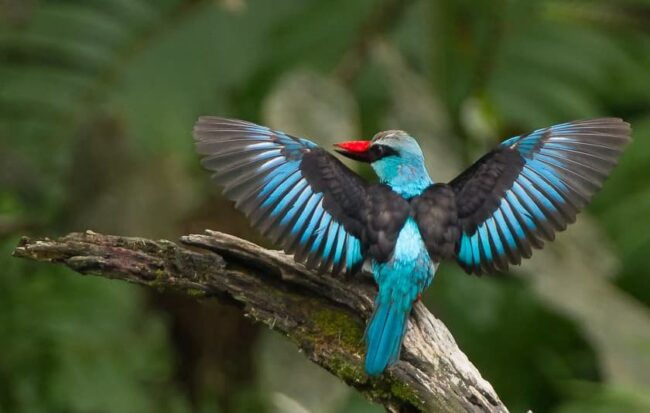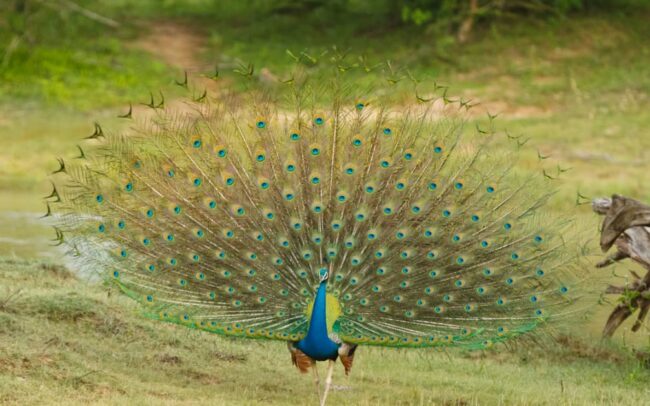Introduction
Nestled in the tropical paradise of Bali, the Bali Myna (Leucopsar rothschildi) captivates with its striking appearance and unique vocalizations. However, this iconic bird is facing an uncertain future due to various threats. In this article, we delve into the world of the Bali Myna, exploring its characteristics, the challenges it faces, and the crucial conservation efforts in place to protect this endangered species.
The Bali Myna: An Overview
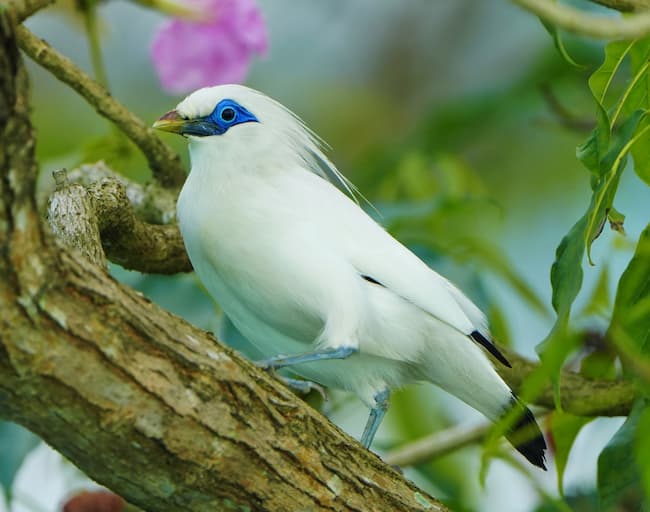
2.1 Habitat and Distribution
The Bali Myna is endemic to the island of Bali, Indonesia. It predominantly inhabits the western part of the island, with its stronghold being the Bali Barat National Park. The bird thrives in dry savannas
2.2 Physical Characteristics
The Bali Myna boasts a striking appearance with its pristine white plumage, contrasting black wingtips, and bright blue skin around its eyes. These elegant birds possess a distinct crest on their heads, adding to their charm. Their vocalizations are melodic and serve as a way to communicate within their social groups.
2.3 Conservation Status
Sadly, the Bali Myna is critically endangered, with its population dwindling to alarmingly low numbers. The International Union for Conservation of Nature (IUCN) and other organizations have recognized the urgent need for conservation action to prevent the extinction of this remarkable species.
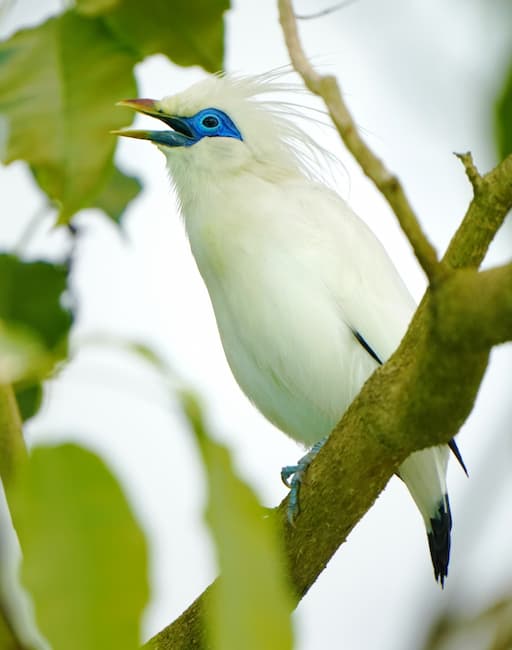
Threats to the Bali Myna
3.1 Illegal Wildlife Trade
One of the primary threats to the Bali Myna is illegal wildlife trade. Its striking appearance and rarity make it highly coveted in the black market. Poachers capture these birds for the pet trade, where they fetch exorbitant prices. This illicit activity has significantly impacted the wild populations.
3.2 Habitat Loss and Degradation
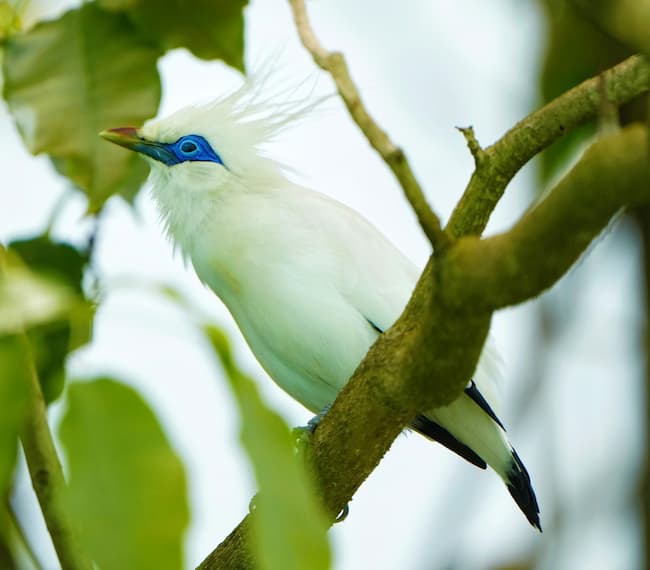
The rapid expansion of agriculture, urbanization, and tourism infrastructure has led to extensive habitat loss and fragmentation for the Bali Myna. The destruction of their natural habitat leaves them with limited space for foraging, nesting, and breeding, pushing them closer to the brink of extinction.
3.3 Predation and Disease
Predation by invasive species, such as snakes and rats, poses a significant threat to the Bali Myna. These predators prey on eggs, chicks, and even adult birds, further reducing their numbers. Additionally, infectious diseases transmitted by introduced species have devastated local populations.
Conservation Efforts
4.1 Breeding and Release Programs
To combat the declining population, breeding and release programs have been established to boost the Bali Myna’s numbers. Captive breeding facilities work tirelessly to breed and rear individuals in a controlled environment before reintroducing them into protected areas. These programs play a crucial role in augmenting wild populations.
4.2 Habitat Protection and Restoration
Preserving and restoring the Bali Myna’s habitat is essential for its survival. Conservation organizations collaborate with local communities and government agencies to establish protected areas, enforce stricter regulations against habitat destruction, and undertake habitat restoration initiatives to create suitable environments for the birds.
4.3 Community Engagement and Education
Engaging local communities is vital in fostering long-term conservation efforts. Community education programs raise awareness about the importance of protecting the Bali Myna and the broader ecosystem. By involving communities in monitoring, ecotourism initiatives, and alternative livelihood programs, conservationists create a sense of ownership and empower locals to become stewards of their natural heritage.
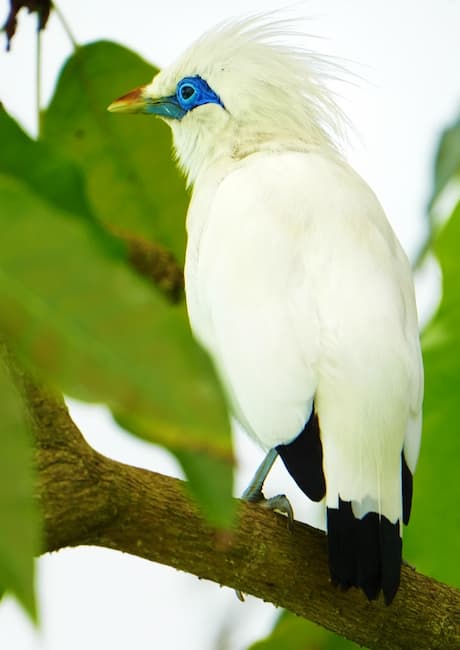
The Importance of the Bali Myna
5.1 Biodiversity Conservation
The Bali Myna is an integral part of Bali’s biodiversity. By conserving this species, we preserve the delicate balance of the island’s ecosystem. Protecting the Bali Myna means protecting the habitats it relies on, benefitting numerous other plant and animal species.
5.2 Ecotourism and Local Economy
The Bali Myna has become a flagship species for ecotourism initiatives. Birdwatchers and nature enthusiasts from around the world visit Bali to catch a glimpse of this elusive bird. Ecotourism generates revenue, supporting local communities and encouraging the conservation of the Bali Myna and its habitat.
Conclusion
The Bali Myna represents the fragile beauty of Bali’s natural heritage. Efforts to conserve this species are crucial to safeguarding its existence and preserving the unique ecosystems it inhabits. Through collaboration, education, and innovative conservation strategies, we can strive towards a future where the Bali Myna soars freely across its island home.
FAQs
FAQ 1: Why is the Bali Myna considered endangered?
The Bali Myna is considered endangered due to factors such as illegal wildlife trade, habitat loss, predation, and disease, which have severely impacted its population.
FAQ 2: What is being done to protect the Bali Myna?
Conservation efforts for the Bali Myna include breeding and release programs, habitat protection and restoration, and community engagement and education initiatives.
FAQ 3: Can the Bali Myna be kept as a pet?
No, keeping the Bali Myna as a pet is not recommended. The species is critically endangered, and captive breeding programs aim to bolster wild populations rather than promote private ownership.
FAQ 4: How can tourists contribute to the conservation of the Bali Myna?
Tourists can contribute to Bali Myna conservation by supporting responsible ecotourism initiatives, adhering to guidelines in protected areas, and spreading awareness about the importance of conserving this endangered species.
FAQ 5: Are there any success stories in the Bali Myna conservation efforts?
Yes, there have been notable successes in Bali Myna conservation, including an increase in captive breeding success rates and the establishment of protected areas that have seen population recoveries. However, continued efforts are needed to ensure the long-term survival of this iconic bird.
